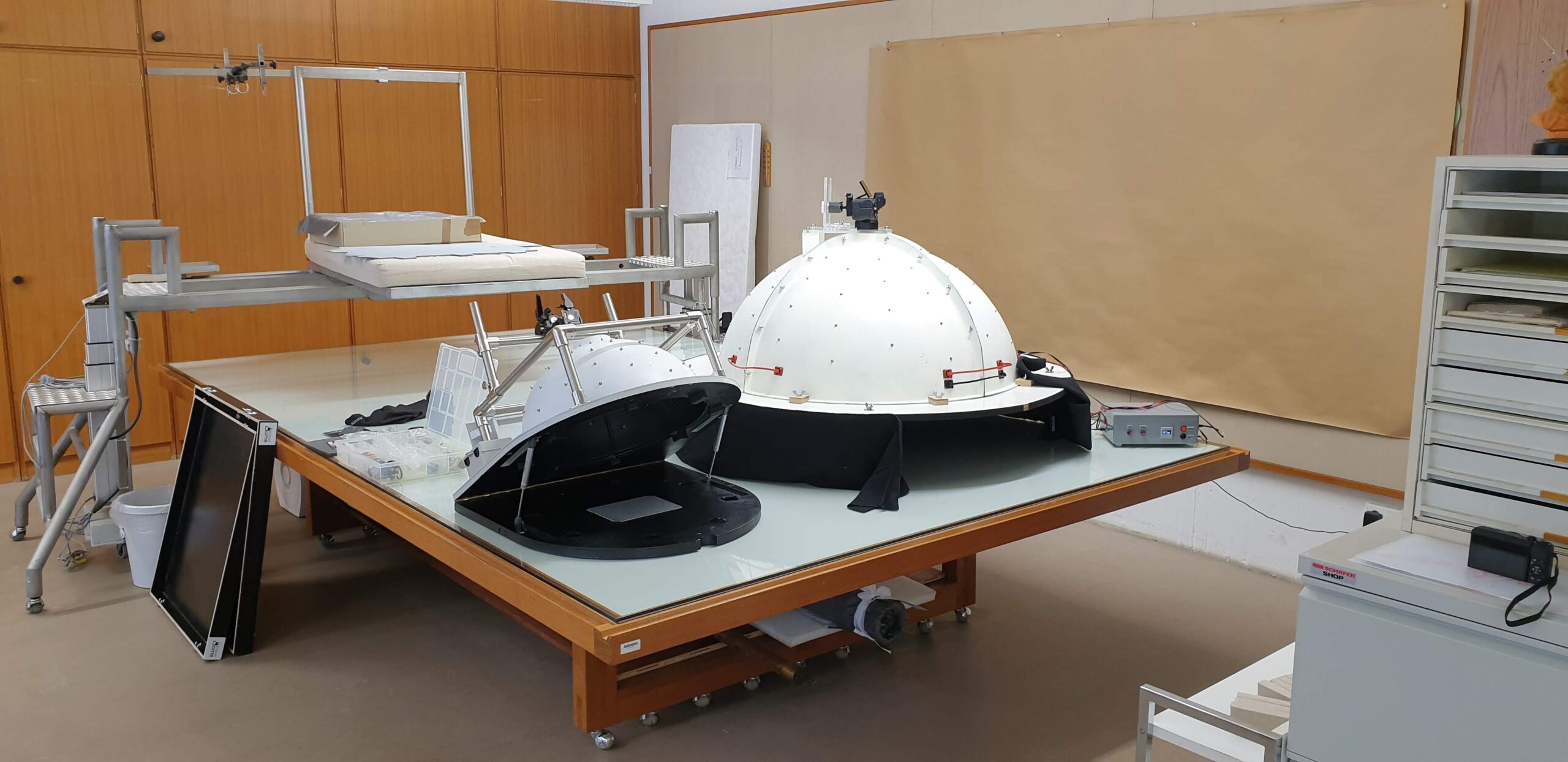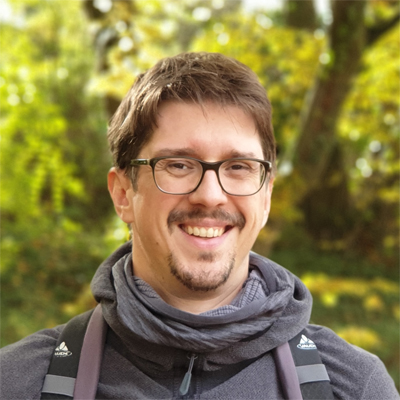My trip to the German Textiles Museum and RTI
As a last stop of many journeys this summer, I was visiting the German Textiles Museum in Krefeld. In my backpack (well in my van), I had two RTI-Domes to make a photographic documentation of different types of textiles. The textiles were wonderful, but will RTI reveal something new?
The museum
So the German Textiles Museum is located in Krefeld, Germany and showcases some of the most wonderful textiles from around the world. It is currently preparing a new exhibition about textiles from Peru. I was getting in contact with them, because I wanted to experiment with different materials and the RTI technology (more down below). Textiles have a very structured surface and I wanted to know if RTI could actually help the researchers to see things, they couldn’t see before.
So last Wednesday, I was packing the VW bus of the Archaeological Institute with two RTI domes and drove to Krefeld. I was very nervous to forget something, as the drive is about an hour and I really didn’t want to drive back again. When I was arriving in Krefeld, the nice museum staff helped me to settle in the restauration room and set up my two domes (called Kölner Dome as I developed them in my time in Cologne).
The textiles
I will not post any photos here as I didn’t ask if I can, but we first had a look at the exhibition and some textile examples. I was discussing possible artefacts with the restaurateurs and the museum director. Although I am an archaeologist, I have to say that I do not have any idea about textiles, as I never have worked with that material before. Fortunately the museum staff was happy to introduce me and we quickly were able to choose possible candidates for the photographic documentation.
We documented decorated textiles from Peru, Germany and some other places. Some were from the 16th century, some from the 18th and all of them offered very different structures and decorations. It was fascinating really once you knew what to look for. One of the restaurateurs helped me place the objects under the dome and then I started to take photos. A lot of photos…
Reflectance Transformation Imaging
Last year, I already was writing about the domes that I create. I came up with the name Kölner Dome, which is quiet fitting I think. This time, I used the domes from the Archaeological Institute of the University of Cologne, which I also build. The institute owns two different versions: one with a diameter of 100cm and one with a diameter of 50cm.
Once set up, Reflectance Transformation Imaging (RTI) with a dome is very quick. So we were able to document around 15 objects and took over 4300 photos. By the end of the day, the battery was depleted, the SD card full and I tired. I will soon have to process the images. First I need to do some basic color- and lens-correction and then export the images to a dedicated RTI-Software. All this is actually a lot of work, but most of it is done by the computer. I will continue this post at some other time to talk about the results. So make sure to return 😉







